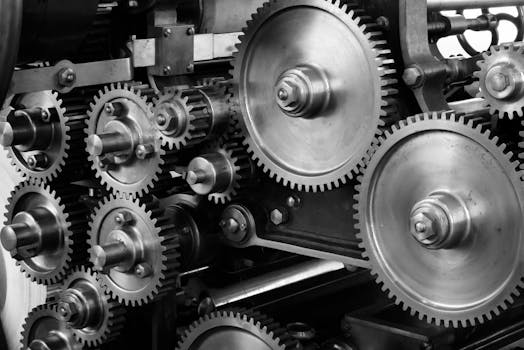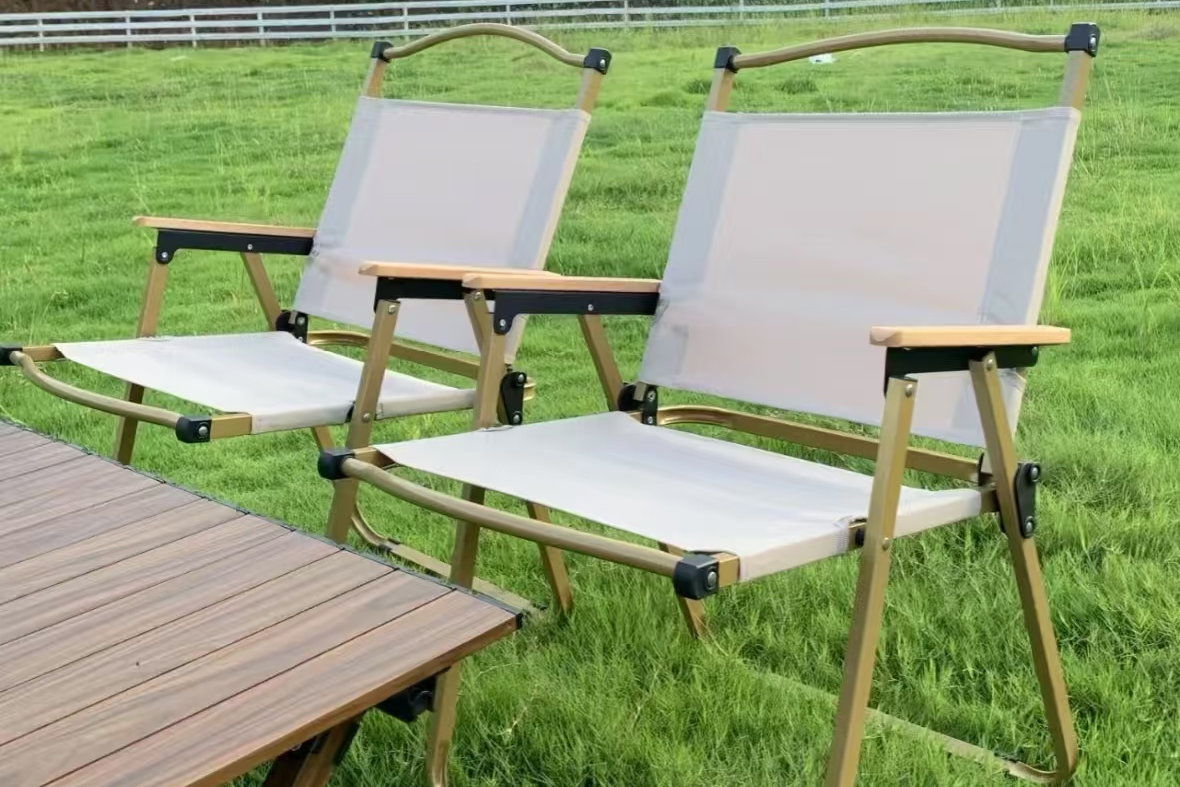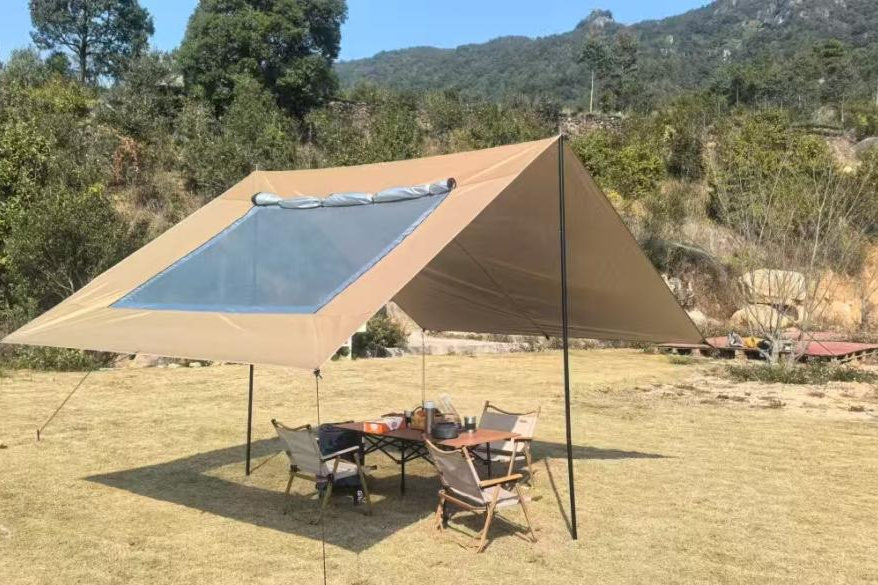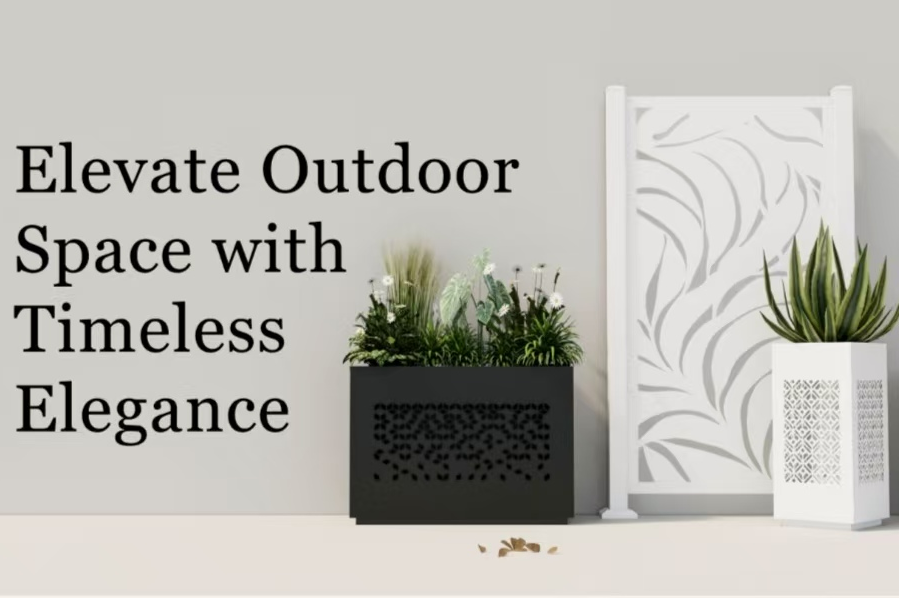
Planting in a Box vs. Garden: Are There Differences in Care?
2025-10-22
Gardening is a rewarding hobby, whether you have a spacious backyard or just a small balcony. One question that often comes up is: Does growing plants in a planting box differ from planting directly in a garden? Let’s break down the differences in care, from watering and fertilizing to soil management and overall maintenance.
1. Watering Requirements
Watering is a key difference between a planting box and a traditional garden.
- Planting Box: The soil in a box drains faster, so you may need to water more frequently. Small boxes or shallow containers can dry out quickly in hot weather. Using a watering can or drip system helps ensure even moisture without overwatering.
- Garden Soil: Soil in the ground typically retains water longer due to its depth and natural composition. You might water less often, but heavy rain can cause puddles or soil erosion, which isn’t a concern for raised boxes.
In short, boxes need a bit more attention to keep moisture levels consistent.
2. Fertilization Practices
Both planting boxes and garden soil benefit from nutrients, but the approach differs.
- Planting Box: Nutrients in container soil deplete faster because there’s less volume of soil. Regularly adding compost, organic fertilizer, or slow-release pellets ensures plants get enough nourishment.
- Garden: Garden soil has more natural buffering capacity and organic matter, so plants may need fertilization less often. You can rotate crops or amend soil seasonally to maintain fertility.
Boxes give you more control over nutrient levels, but it requires more frequent monitoring.
3. Soil Management and Drainage
Proper soil management is easier to control in planting boxes.
- Planting Box: You can select the exact soil mix, optimize for drainage, and prevent compaction. Boxes often come with built-in drainage holes, preventing waterlogging and root rot.
- Garden Soil: Soil quality varies naturally. Clay-heavy or sandy soils may require amendments, mulching, or raised rows to ensure healthy plant growth.
Boxes are a convenient solution for spaces with poor or inconsistent soil.
4. Sunlight and Microclimate
Planting boxes can be placed almost anywhere, giving you flexibility with sunlight exposure.
- Planting Box: You can move boxes to catch more sun or avoid too much heat, making it ideal for urban or limited spaces.
- Garden: Plants are fixed, so you must work with the existing sunlight and microclimate. Seasonal shading or wind can affect growth more noticeably.
Flexibility is a big advantage for planting boxes, especially for sun-sensitive crops.
5. Pests and Maintenance
Pests affect both boxes and gardens, but the scale and approach differ.
- Planting Box: Easier to monitor and treat problems quickly. Raised height can deter some ground-dwelling pests.
- Garden: Larger area means pests can spread faster, and diseases may persist in the soil from season to season. Crop rotation and natural pest management are more critical here.
Boxes often make daily care simpler and more manageable.
6. Space Utilization
Planting boxes excel in maximizing limited space. You can grow vertically, stack multiple boxes, or place them on patios and balconies. Gardens are limited by the available land, but they allow larger plant varieties and more extensive crops.
Whether you choose a planting box or a traditional garden, both offer rewarding gardening experiences. Planting boxes provide control, flexibility, and convenience, while gardens offer space and natural soil benefits. Understanding the differences in watering, fertilizing, and maintenance helps you tailor care to your setup, ensuring healthy and productive plants no matter where you grow them.
Recent Posts
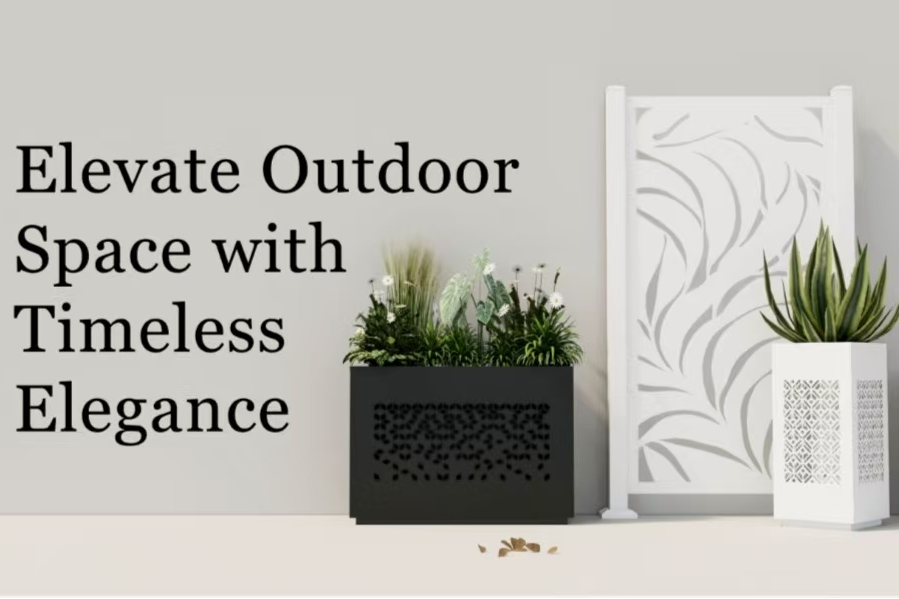
2025-11-05
Can Planting Boxes Be Used Indoors?

